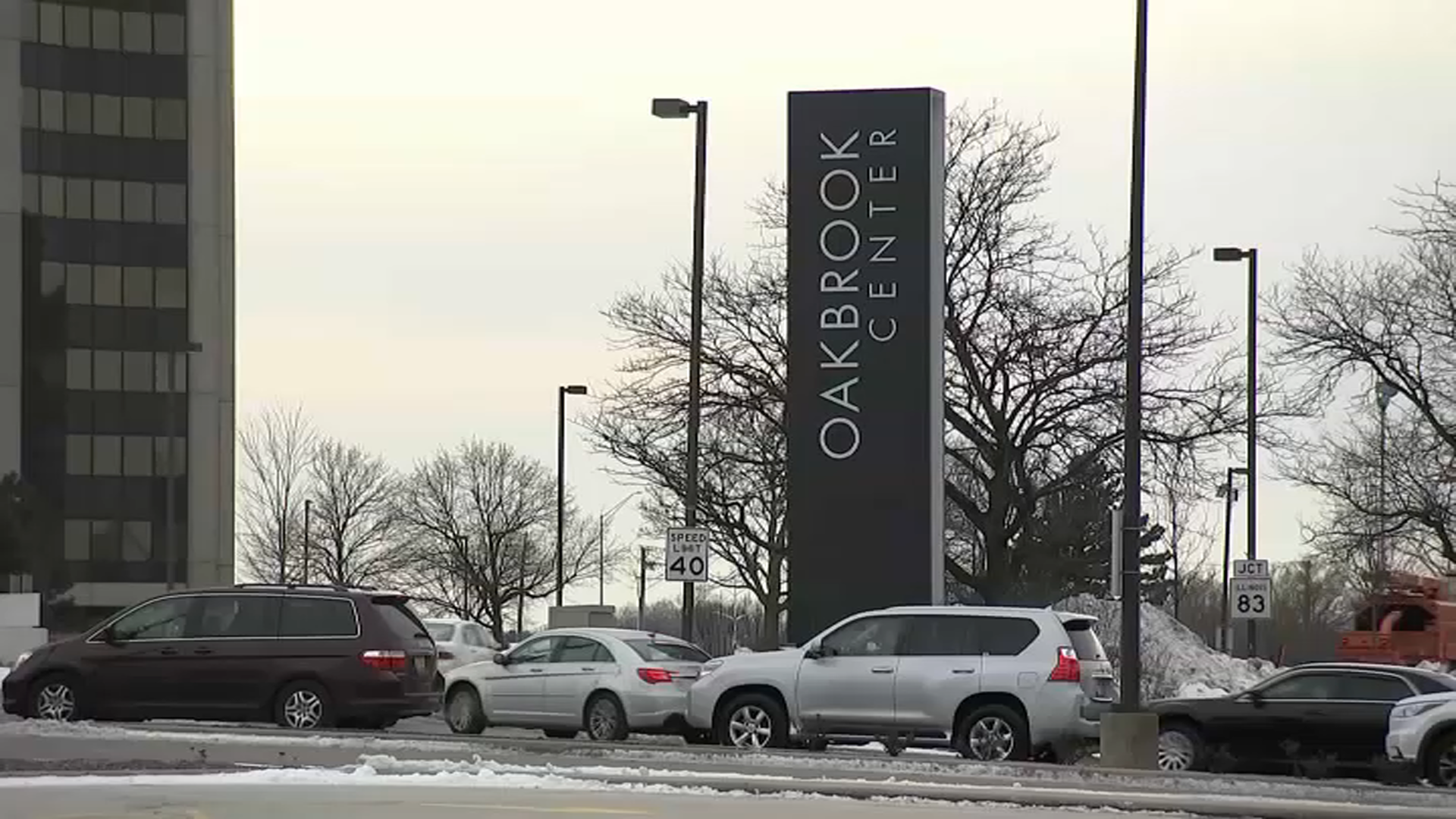With many Americans feeling under the weather after gathering with friends and family for the Thanksgiving holiday, some are wondering how long it may take to start feeling symptoms after potential exposure.
According to the CDC, the median incubation period for the omicron variant and its numerous strains is in the range of three-to-four days, slightly less than the delta variant's median of 4.3 days.
Regardless of whether symptoms are currently felt or not, many feel they may have recently been exposed to COVID-19, also raising questions on when the best times to test for the virus are.
While COVID cases tend to go up during the colder months, and with many Chicago-area counties now under the "medium" community level, testing is important regardless of symptoms.
Feeling out of the loop? We'll catch you up on the Chicago news you need to know. Sign up for the weekly Chicago Catch-Up newsletter here.
However, there are also a number of other viruses surging in the area that could be behind your illness. That means testing can be critical to determining what you have and how to treat it.
Here is what you need to know, depending on your exposure and symptoms, if any:
News
If You’ve Been Exposed and You Do Have COVID Symptoms:
According to the Illinois Department of Public Health, anyone who was exposed to someone with COVID should wear a mask for 10 days when around others and avoid contact with persons who are at high risk for severe disease and large gatherings. The health department notes that the "date of last exposure" should be considered day 0.
If symptoms develop, those people should "isolate immediately and test," IDPH stated.
"If somebody's been in close contact with somebody who's tested positive, one should definitely keep a very close eye out to see if they have any symptoms that are consistent with COVID, which of course can vary, but headaches, sore throat, stuffy nose, it really can go from very mild to cough, and so on and so forth," said Dr. Sharon Welbel, director of Hospital Epidemiology and Infection Control for Cook County Health. "And if one has symptoms to test immediately."
According to Welbel, a test should be given immediately upon symptoms, or within three days of exposure, but both Welbel and IDPH suggest testing again if the first test is negative.
"If negative, test again 48 hours after the last test for a total of two negative tests," IDPH stated.
If you test negative a second time, you can either choose to test again a third time, consider getting a laboratory test, or call your health care provider to evaluate other potential causes of illness, including the flu and RSV, which are both seeing increasing cases around the country.
“(COVID) can really mimic influenza, so it’s impossible to tell,” Welbel said. “It is worthwhile seeing a provider to get molecular tests. (There are) all-in-one tests that test for COVID and influenza and RSV and others. That’s really ideal, because really you want to start therapy in the first few days (after the onset of symptoms).”
If you test positive, it means that the test detected the SARS-CoV-2 virus, and you most likely have COVID.
You are then encouraged to follow the CDC’s guidance for people with the virus, including staying at home, isolating from others and seeking follow-up care with a health care provider if necessary.
If You’ve Been Exposed and You Do Not Have COVID Symptoms:
According to the Illinois Department of Public Health, anyone who was exposed to someone with COVID should wear a mask for 10 days when around others and avoid contact with persons who are at high risk for severe disease and large gatherings. The health department notes that the "date of last exposure" should be considered day 0.
In the event you are exposed to COVID-19, the FDA recommends to wait at least five days after exposure before testing. Otherwise, your body may not have sufficient viral load to trigger a positive test.
Even still, Welbel says that there are advantages to testing sooner after exposure to help keep others from getting sick.
“I think it’s good to test a little bit earlier, knowing that the mean calibration period is a little less than three and a half days,” she said. “That way if you know you’re positive, then you can isolate sooner.”
If you test positive, even if you are asymptomatic, you likely have COVID-19, and are encouraged to follow CDC and FDA protocols.
If you get a negative test result, you are encouraged to take a second test 48 hours later. If you still do not have symptoms following that second test, you are encouraged to take a third test, for a total of three tests in a 96-hour period.
"The simple answer is to test at day three. If that's negative, test again at day five," Welbel said. "If one has symptoms test immediately and even if it's negative, continue to take either the home antigen tests at least two to three more times because they're not 100% sensitive or get a PCR, which is very sensitive."
IDPH recommends those who are asymptomatic test again on Day 6 following your exposure.
"People should use multiple tests over a certain time period, such as 2-3 days, especially when the people using the tests don't have COVID-19 symptoms," guidance from the U.S. Food and Drug Administration states.
Here's what the FDA recommends:
- If you have COVID-19 symptoms, test again 48 hours after the first negative test, for a total of at least two tests.
- If you get a negative result on the second test and you are concerned that you could have COVID-19, you may choose to test again 48 hours after the second test, consider getting a laboratory molecular-based test, or call your health care provider.
- If you do not have COVID-19 symptoms and believe you have been exposed to COVID-19, test again 48 hours after the first negative test, then 48 hours after the second negative test, for a total of at least three tests.
- If you get a negative result on the second test, test again 48 hours after the second test.
- If you get a negative result on the third test and you are concerned that you could have COVID-19, you may choose to test again using an antigen test, consider getting a laboratory molecular-based test, or call your health care provider.



